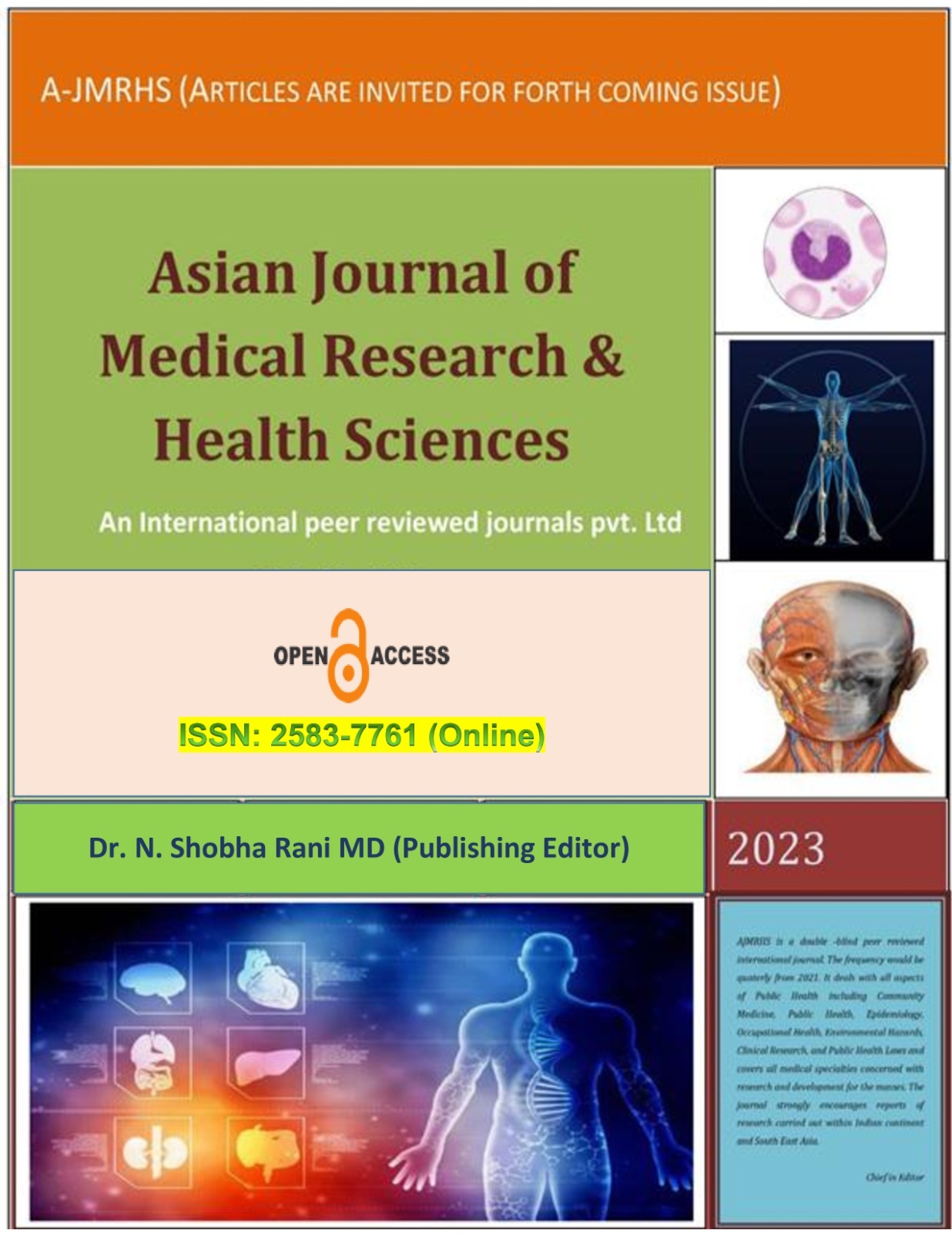ARNOLD CHIARI TYPE II MALFORMATION: A CASE REPORT WITH PRENATAL SONOGRAPHIC FINDINGS
Keywords:
Sonographic findings; Fetal anatomy; Cerebral hermination; Hyderocephalis.Abstract
Ultrasound imaging in the second trimester is essential for the identification of congenital anomalies. Chiari malformations, significant central nervous system (CNS) anomalies associated with high rates of mortality, can be diagnosed during pregnancy with either ultrasound or MRI. The diagnosis can include small posterior fossa, cerebellar herniation greater than 5 millimeters, hydrocephalus, various spinal defects, and the presence of myelomeningocele along with the lemon and banana signs. Early identification of these disabilities facilitates appropriate management of the pregnancy and care for the newborn. A 22-year-old woman, married for 10 months and a primigravida, underwent systemic and family history checks which revealed no significant findings. Her TIFFA scan at 22 weeks revealed several anomalies, including microcephaly, a defect at the back of the head with herniation of lower brain structures, hydrocephalus, and spina bifida with thoracolumbar myelomeningocele. This was diagnosed as Arnold Chiari malformation type 2 which is consistent with the findings. Her pregnancy was terminated at 24 weeks. Early diagnosis of such malformation helps to make decision to offer further fetal karyotyping or termination of pregnancy.




